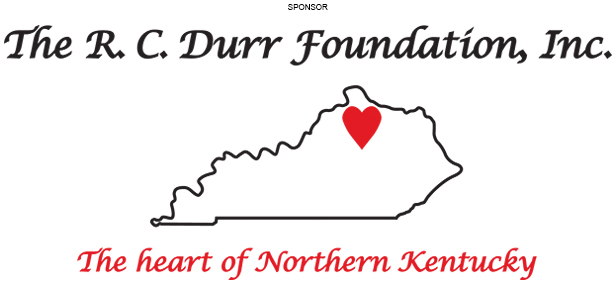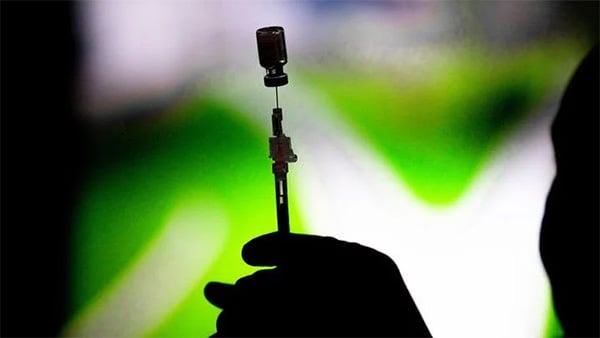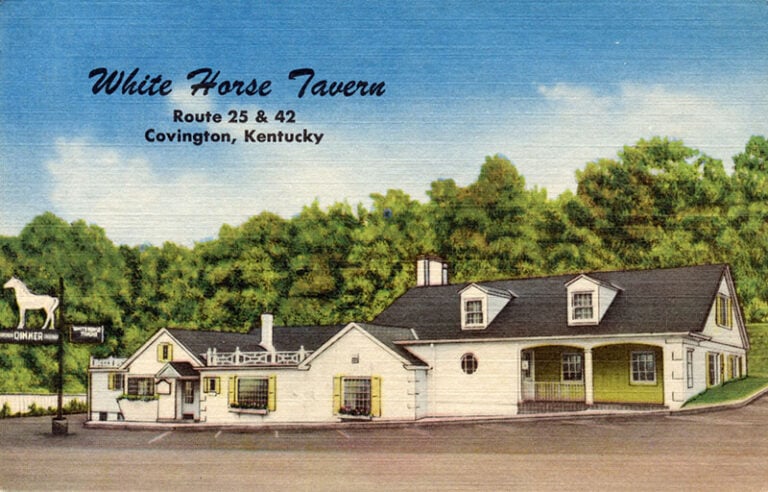Over the years how many times have you turned on the news or clicked through your favorite news app to discover a news story about a local fire in your city or state? Later to learn that it was caused by a subcontractor working at a place of residents or on a construction site.
Countless fires ignite due to subcontractors disregarding safety protocols and opting for shortcuts. I vividly recall an incident from approximately 25 years ago when a subcontractor arrived at our newly built home, summoned by the builder to address a plumbing concern. To my disbelief upon entering the premises, I discovered the plumber soldering pipes within a closet adjacent to a collection of flammable and combustible materials. Meanwhile, my children played upstairs, and there wasn’t a fire extinguisher anywhere near his proximity. As a risk management and safety professional, you can well imagine my reaction.

It’s astonishing how often we come across reports of major fires in buildings undergoing construction, renovation, or demolition. These incidents happen more frequently than most of us realize, and unfortunately, they can be fatal and result in millions of dollars in losses.
Often homeowners will trust their handyman, neighbor, relative or some Facebook connection to come over and complete a home repair without a worry in the world to save them a few dollars, only to have their home burn down and later discover that they didn’t have any insurance to cover to cost of your loss.
In commercial construction just about all legitimate subcontractors are required to carry the necessary liability insurance to cover such losses, and if they work on larger projects with a general contractor, they are required to submit proof of a certificate on insurance with at least a minimum of $1m in liability coverage and sometimes an umbrella to go over top of that. This is addition to the coverages that the general contractor insurance coverages for the project.
Construction sites are busy places, often with multiple subcontractors working all at one time and their employees on the site at the same time. It’s hard for the site superintendent to monitor each subcontractor behavior throughout the day for all safety related concerns, and as I have found many are willing to take shortcuts to complete the work in a timely manner.
This is where I am asked to assist, my team are often asked to complete safety inspections on the behalf of several clients and non-clients. Much of our emphasis is placed on employee safety and the behavior of the subcontractors, however we have found that it’s just as important to focus on fire safety on a jobsite.
 Keven Moore works in risk management services. He has a bachelor’s degree from the University of Kentucky, a master’s from Eastern Kentucky University and 25-plus years of experience in the safety and insurance profession. He is also an expert witness. He lives in Lexington with his family and works out of both Lexington and Northern Kentucky. Keven can be reached at kmoore@higusa.com
Keven Moore works in risk management services. He has a bachelor’s degree from the University of Kentucky, a master’s from Eastern Kentucky University and 25-plus years of experience in the safety and insurance profession. He is also an expert witness. He lives in Lexington with his family and works out of both Lexington and Northern Kentucky. Keven can be reached at kmoore@higusa.comAbout 10 months ago, I was climbing down a ladder from a recently erected four-story framed building. Pausing midway, I confirmed the unmistakable scent of burning wood — a telltale sign that a fire was in close proximity. Upon reaching the second floor, I peered out of an open window in this newly constructed structure to discover a full engulfed dumpster parked a mere 4 feet from the building just beneath me.
For the next 15 minutes the superintendent attempted to control the fire long enough for the local fire department to arrive, as I was retrieving fire extinguishers to hand to him to keep the fire at bay. Luckily the fire didn’t spread, and it was later extinguished by the local Fire Department.
It was determined that the fire was probably started by a discarded cigarette, but security cameras were not able to help assign any blame.
The challenge with many commercial construction sites lies in their vulnerability during the initial phases of a project. These sites are akin to tinderboxes, awaiting an inferno. The risk of substantial damage during a fire incident is most pronounced when a building is under construction. This vulnerability persists because essential fire-suppression systems, including sprinklers, fire walls, smoke detectors, and fire alarms, are typically absent until the building nears completion.
New buildings today burn much faster, hotter, and quicker, and it’s vital that the local fire department response quickly. A fire 30 years ago would reach 1,500 degrees after about 15 minutes. According to an article Firefighternation.com, because of fire loading characteristics and plastic materials used, new buildings reach temperatures in excess of 2,000 degrees–in about 3 minutes and can quickly bur out of control, causing a total loss.
Nevertheless, buildings do not spontaneously burst into flames. Fires that occur during the construction process are predominantly a result of human error. However, in cases where a fire ignites outside of work hours, arson can also be a contributing factor.
To combat this exposure general contractors and subcontractors should conduct daily fire safety inspections at each project site, inside and outside the building until the certificate of occupancy is issued. Such documents should be made available to the fire Marshall, insurance inspector and company safety representative.

Here are some basic fire inspection requirements for subcontractors and contractors:
• Inspect hot work areas and ensure hot work is being conducted according to the hot work plan.
• Inspect all temporary heating equipment, ensuring it is away from combustibles.
• Ensure combustible trash and debris are removed from the nonwork areas.
• Ensure temporary wiring does not have exposed conductors.
• Ensure flammable liquids and hazardous materials are being stored properly in approved locations.
• Inspect fire access roads to confirm they are free of obstructions.
• Confirm fire hydrants are unobstructed and “clearly visible.”
• Ensure standpipes are in service and go up with the building within one floor of the highest construction level.
• Ensure portable fire extinguishers are in service and properly spaced.
Contractors and subcontractors should strictly enforce a mandatory fire watch during any hot work activities. This designated individual can also double as security personnel. Fire watch staff should receive training in the proper use of portable fire extinguishers and fire reporting procedures. Additionally, the fire watch must have at least one method to promptly notify the fire department. Keeping meticulous records is crucial: fire watch personnel must document all duty periods, including logs of patrols and details about when and where buildings were inspected.
Also, according to the National Fire Protection Association (NFPA), the leading cause of construction fires is cooking. Twenty-seven percent of all construction fires were caused by cooking equipment. Therefore, the designated cooking area must be at least 10 feet from combustible materials with signage indicating a “designated cooking area.” Cooking outside this approved area should be prohibited.
All site safety plans should address several things from documented training, procedures fore emergency notification, fire department vehicle access, fire protection equipment and systems, hot work permit plan, plans for control of combustible waste material, location and storage methods of flammable and combustible liquids and other hazardous waste, …etc.
Further steps that should be taken include:
• Approved water supply for firefighting operations and adequate fire apparatus access.
• Relegating smoking to safe areas outside the construction site.
• Banning cooking and open burning on construction sites.
• Properly located portable fire extinguishers.
• Requirements for the use of temporary heating equipment.
Currently, there exists no definitive governmental standard for implementing fire protection measures during construction projects that safeguard employees, guests, visitors, and the financial interests of project stakeholders. These construction sites remain susceptible to fires due to several factors. Abundant heat and spark sources coexist with a substantial fuel load. Consequently, a proactive and robust fire protection plan becomes imperative to ensure the safety of all individuals involved.
Be Safe My Friends!

















